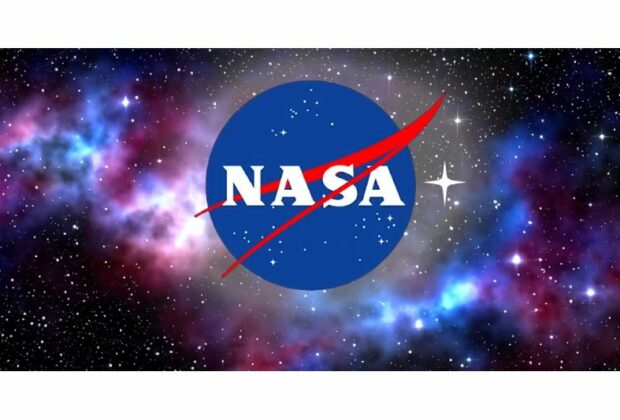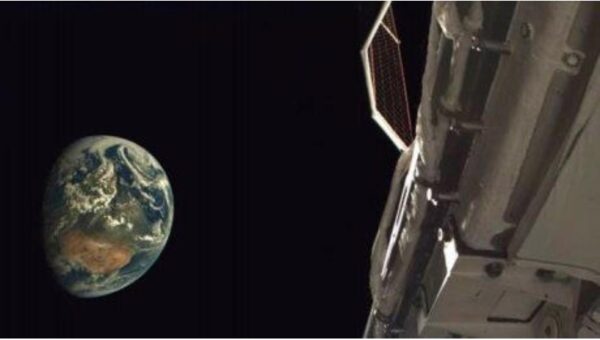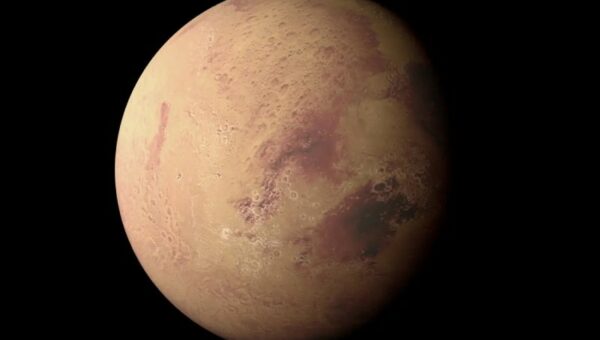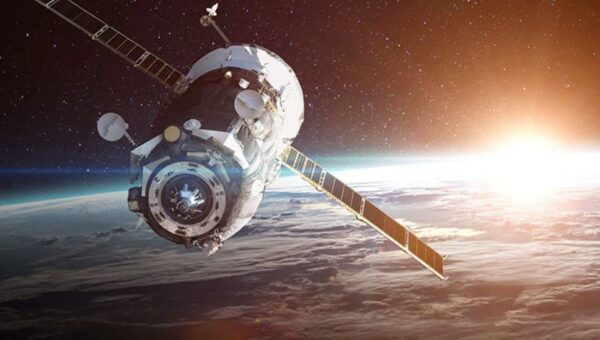NASA announced the first section of its integrated Space Sustainability Strategy on Tuesday, strengthening the agency’s position as a global leader on this important issue. The strategy aims to handle a rapidly changing space operating environment and secure its preservation for future generations.
NASA Deputy Administrator Pam Melroy stated, “The release of this strategy marks true progress for NASA on space sustainability.” “Space is busy – and only getting busier. If we want to make sure that critical parts of space are preserved so that our children and grandchildren can continue to use them for the benefit of humanity, the time to act is now. NASA is making sure that we’re aligning our resources to support sustainable activity for us and for all.”
NASA has been a proactive leader in responsible and sustainable space activities for many years. The agency as a whole creates technology, analytic tools, and best practices that are extensively used by operators worldwide. By using a whole-of-agency approach, the new plan aims to unify such activities and enable NASA to concentrate its resources on the most urgent problems. NASA plans to designate a new director of space sustainability to oversee agency-wide operations in order to achieve such integration.
Commercial capabilities are currently emerging quickly in space environments, with NASA being a major proponent of many of these capabilities. Increasing low-Earth orbit satellite activity and utilizing satellite constellations, autonomous spacecraft, and commercial space destinations are some of these capabilities. But there are drawbacks to this increased activity as well, like a more congested working environment for spacecraft and an increase in trash. Space sustainability depends on an understanding of the advantages and disadvantages of this increase.
The space sustainability strategy was created under the direction of a cross-agency advisory board and centers on improvements that NASA can make in terms of measuring and evaluating space sustainability in Earth orbit, finding economical means of achieving goals related to sustainability, encouraging the adoption of sustainable practices through the development of technology and policies, and stepping up efforts to exchange information with the rest of the international space community.
Four operational domains are recognized under NASA’s approach to space sustainability: Earth, Earth orbit, cislunar space—the orbital region around and around the Moon—and deep space, which includes other celestial bodies. The strategy’s first book is devoted on Earth orbit sustainability. NASA intends to release other volumes that concentrate on the other sectors.




